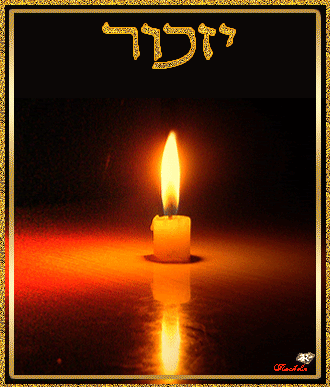 Photos, videos and audio recordings of the recent battles near the Ibn Taymiyyah mosque in Rafah provide rare documented evidence of the brutality of Hamas’ suppression of its political opponents. Hamas forces executed opponents, wounded nearby civilians, fired RPGs at the Ibn Taymiyyah mosque and removed casualties from ambulances evacuating the wounded.
Photos, videos and audio recordings of the recent battles near the Ibn Taymiyyah mosque in Rafah provide rare documented evidence of the brutality of Hamas’ suppression of its political opponents. Hamas forces executed opponents, wounded nearby civilians, fired RPGs at the Ibn Taymiyyah mosque and removed casualties from ambulances evacuating the wounded.On the afternoon of August 14, a violent confrontation broke out near the Ibn Taymiyyah mosque in Rafah between Hamas forces and Salafist (fundamentalist Islamic) opponents. The confrontations began with a sermon delivered by Sheikh Abd al-Latif Musa, who strongly condemned the Hamas administration and proclaimed an Islamic emirate in “Palestine”. [Sheikh Abd al-Latif Musa is a religious leader accepted by opposition groups striving to impose, immediately and by force, Islamic religious law (sharia’); the Islamization of Gaza by Hamas is apparently not proceeding quickly enough for them.] In response to what it perceived as a challenge to its rule, Hamas forces broke into the mosque and evacuated it by force, not hesitating to shoot at the mosque deliberately and inflict serious damage. The battle took place in a densely populated area. According to a report by the Palestinian Centre for Human Rights (August 15), 28 people were killed, more than 100 wounded and more than 100 detained (including some of the wounded). Among the dead and wounded were civilians who were in or near the mosque at the time.
In suppressing their political opponents at the mosque, the Hamas military arm, the Iz a-Din al-Qassam Brigades, employed indiscriminate and disproportional force. Although Hamas closed off the area and prevented the entry of journalists and others, eyewitnesses and Hamas opponents managed to record conversations of the military force operating in the area and to photograph executions (using cell phones) carried out by Hamas. The recordings and photographs were later uploaded onto private websites affiliated with Fatah and the Palestinian Authority, and subsequently broadcast on Israeli TV. They provide rare, first-hand evidence of the brutality employed by Hamas in dealing with its opponents in the Gaza Strip, even if it means killing civilians or attacking Islamic symbols and places of worship, such as an established and revered Gaza mosque.
The intercepted communications revealed the following:
1. Orders to "deal with" Hamas opponents without consideration for civilian life;
2. Orders to stop and search ambulances evacuating the wounded: According to the Palestinian Centre for Human Rights, the Hamas force removed wounded opponents from the ambulances;
3. Orders to "eliminate" the opposition leader Sheikh Abd al-Latif Musa, who they referred to as "the swine:;
4. Orders to launch rocket propelled grenades (RPG's) at civilian houses: Two RPGs were fired at [civilian] residences next to the house of Abd al-Latif Musa because opponents had appeared to take cover in them; the area is densely populated. The structure was destroyed.
5. Orders to execute the opponents: An Iz a-Din al-Qassam Brigades commander ordered: "Keep shooting at them until they crawl out and take their clothes off. We don’t want a single one of them left alive."
On August 25, Israeli Channel 2 TV broadcast a video documenting Iz al-Din al-Qassam Brigades operatives executing the opponents:

Political opponents executed by Hamas operatives

Photographs of dead Hamas opponents, apparently taken with a cell phone, posted on an Islamic forum (August 16, 2009).
6. Orders to fire RPGs directly at the Ibn Taymiyyah mosque, especially the minaret. Photographs of the mosque after the battle show serious damage.
 7. Orders to conceal Hamas actions: During the fighting an order was given to the local commander to "make sure that no one takes pictures, not with a cellular [phone] or with anything else." According to the Palestinian Center for Human Rights report, the Hamas police closed off the area where the fighting was going on as well as the main hospital in Rafah, and forbade access to journalists. Opponents of Hamas managed to document the executions (par. 5 above) by taking pictures with their cell phones and by listening to the Iz a-Din al-Qassam Brigades’ communications network, and to disseminate evidence via the Internet.
7. Orders to conceal Hamas actions: During the fighting an order was given to the local commander to "make sure that no one takes pictures, not with a cellular [phone] or with anything else." According to the Palestinian Center for Human Rights report, the Hamas police closed off the area where the fighting was going on as well as the main hospital in Rafah, and forbade access to journalists. Opponents of Hamas managed to document the executions (par. 5 above) by taking pictures with their cell phones and by listening to the Iz a-Din al-Qassam Brigades’ communications network, and to disseminate evidence via the Internet.






No comments:
Post a Comment